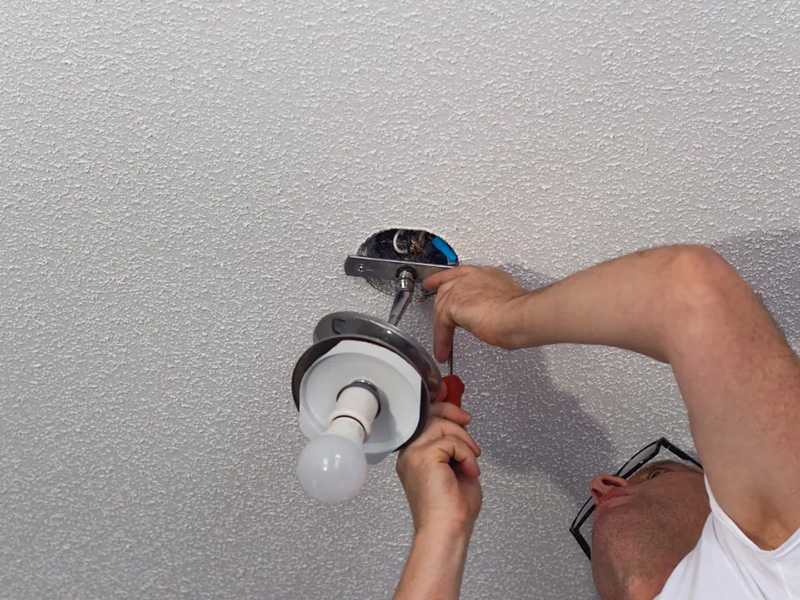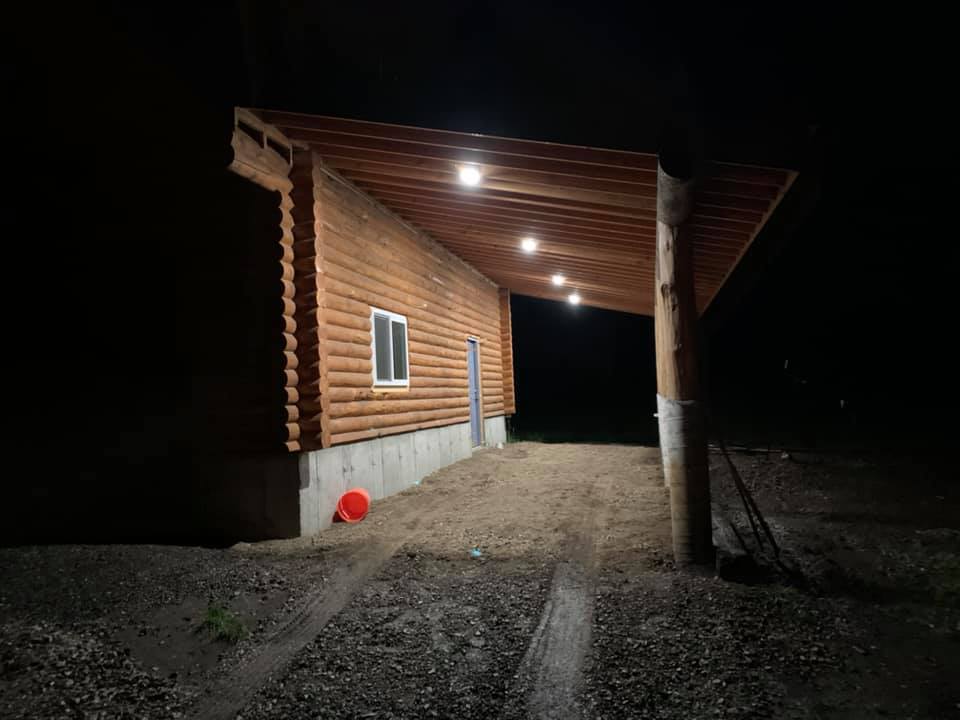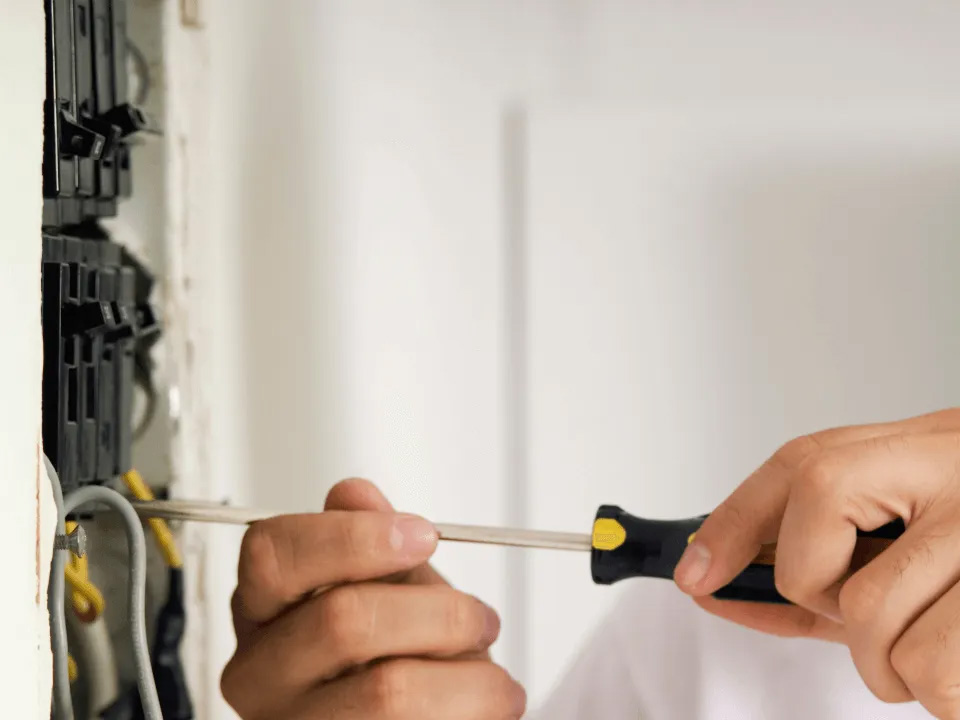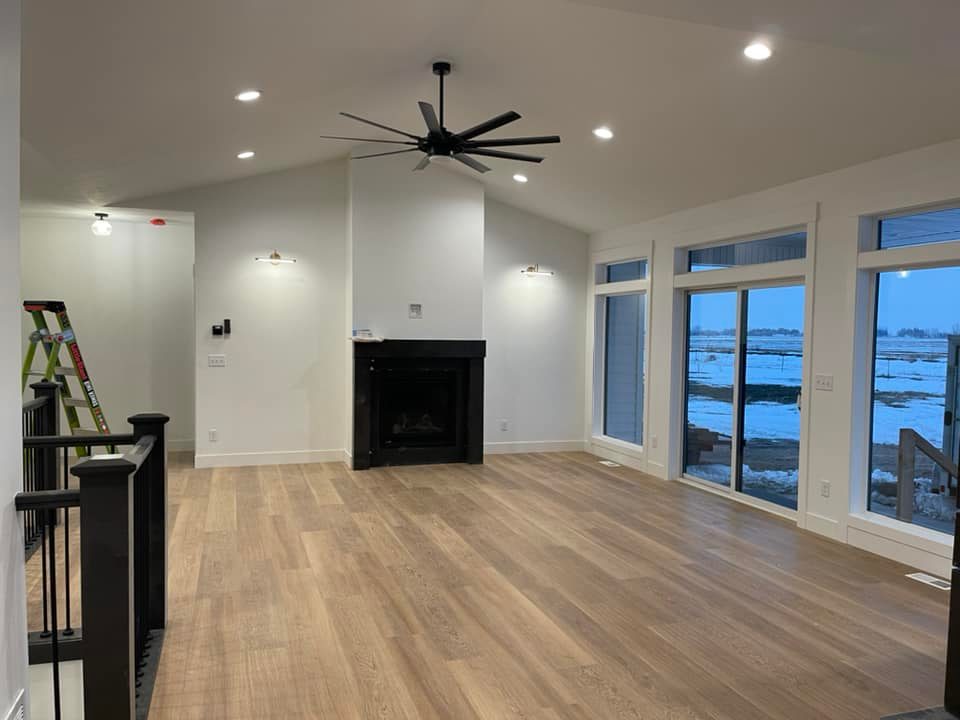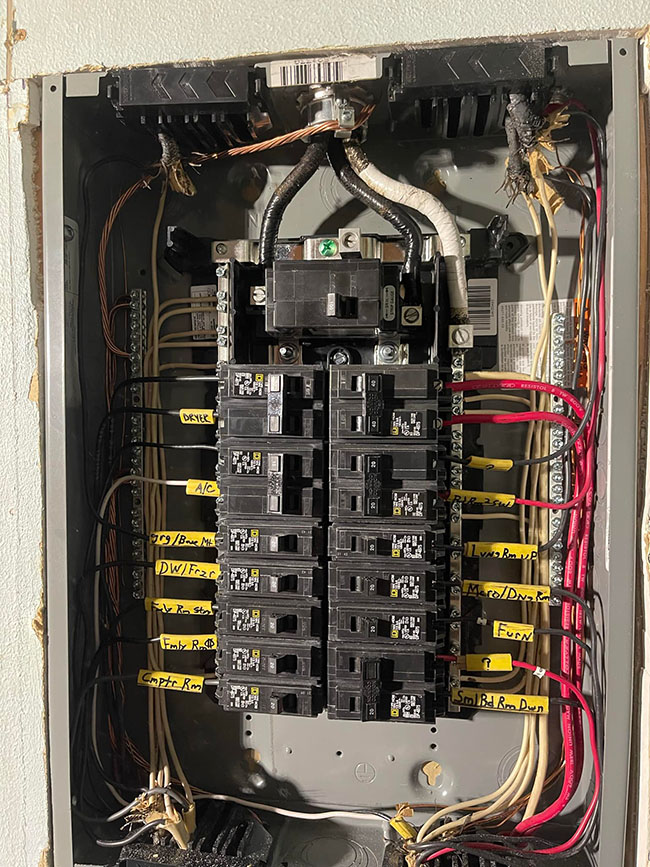Boost Your Home’s Efficiency: How Professional Electricians Can Cut Your Energy Costs
In today’s world, energy efficiency is more than just a buzzword—it’s a vital part of responsible homeownership. With rising energy costs and growing environmental concerns, finding ways to reduce energy consumption is crucial.
Homeowners in Rigby, ID, have a powerful ally in this effort: professional electricians who can guide them through various upgrades and solutions to make their homes more energy-efficient and cost-effective.
Upgrading to Energy-Efficient Lighting Solutions
One of the most impactful ways to improve your home’s energy efficiency is by upgrading to energy-efficient lighting. Traditional incandescent bulbs consume a lot of energy and need frequent replacement.
By switching to LED lights, which use a fraction of the energy and last significantly longer, you can achieve substantial savings on your electricity bill.
Electricians in Rigby can help with this transition by:
- Recommending the best fixtures for your needs and ensuring proper installation.
- Suggesting other energy-saving lighting options, such as dimmer switches and motion sensors, which further reduce energy consumption by adjusting lighting based on usage patterns.
These enhancements not only reduce energy use but also add convenience and flexibility to your home lighting.
Optimizing Electrical Systems for Reduced Energy Use
Beyond lighting, there are numerous opportunities to optimize your home’s overall electrical system for better energy efficiency. Older homes often have outdated electrical panels and wiring that aren’t equipped to handle modern energy demands efficiently. An experienced Rigby ID electrician can upgrade these systems, reducing energy waste and improving overall safety.
For instance, updating an old electrical panel can:
- Prevent energy loss due to inefficient power distribution.
- Ensure that your electrical system operates as efficiently as possible, lowering your energy bills and enhancing the longevity of your electrical appliances.
By addressing these foundational elements, you ensure that your entire home benefits from reduced energy consumption.
Smart Home Technology for Energy Management
The integration of smart home technology offers another powerful way to manage and reduce energy consumption. Devices like smart thermostats, automated lighting systems, and energy monitoring tools allow you to control and optimize energy use with precision.
For example, a smart thermostat can learn your schedule and adjust the temperature accordingly, minimizing heating and cooling costs without sacrificing comfort.
A professional Rigby ID electrician is well-versed in installing and configuring these technologies. They can set up systems that allow you to:
- Monitor energy use in real-time, helping you identify areas where you can cut back.
- Expand your smart home system to include features like automated window shades or smart plugs, which further enhance energy efficiency by reducing unnecessary power consumption.
This technology-driven approach not only reduces costs but also adds convenience and control to your everyday life.
Conclusion: The Long-Term Benefits of Energy Efficiency
Investing in energy efficiency upgrades offers significant long-term benefits. Not only do these improvements lead to immediate cost savings on your utility bills, but they also contribute to a more sustainable environment by reducing your carbon footprint. Moreover, an energy-efficient home is more comfortable and has a higher market value, making it a wise investment for any homeowner.
If you’re ready to take the next step toward a more energy-efficient home, contact Platinum Electric today! Our expert electricians in Rigby, ID, are here to help you implement the most effective energy-saving solutions tailored to your needs. Let us power your home with efficiency and sustainability—call us now!
We also provide services to Blackfoot, Collins, Chubbuck, Idaho Falls, Ammon, Rexburg, Jackson, Island Park, Shelley, Iona, and all surrounding areas.…
Boost Your Home’s Efficiency: How Professional Electricians Can Cut Your Energy Costs Read More »


